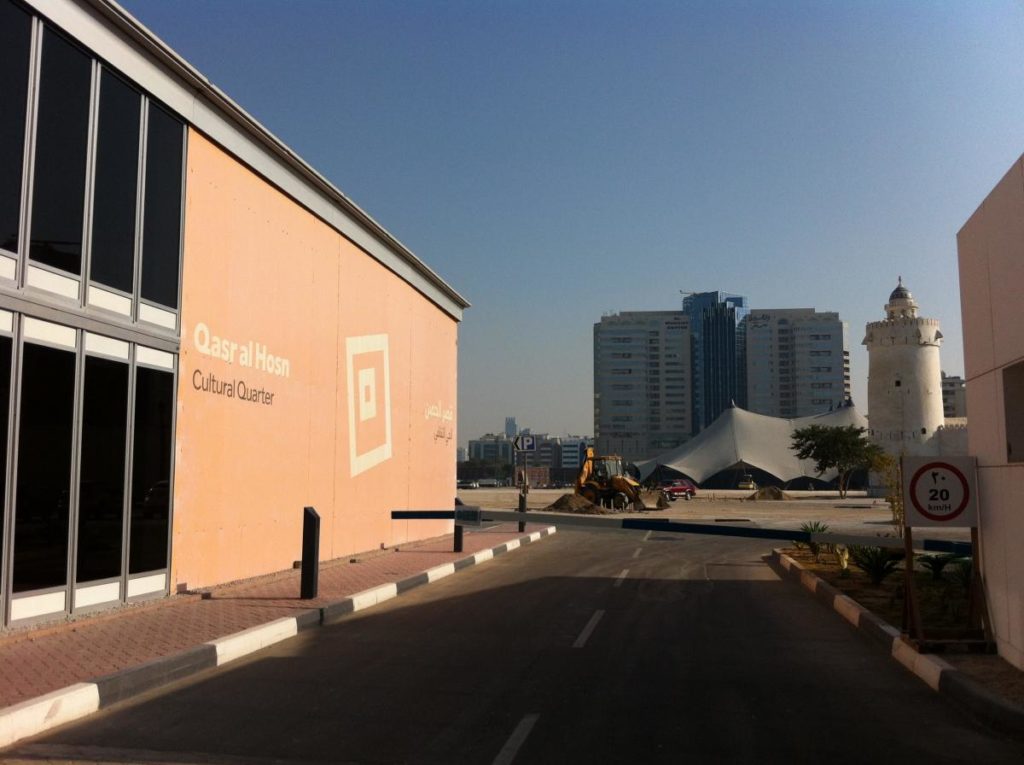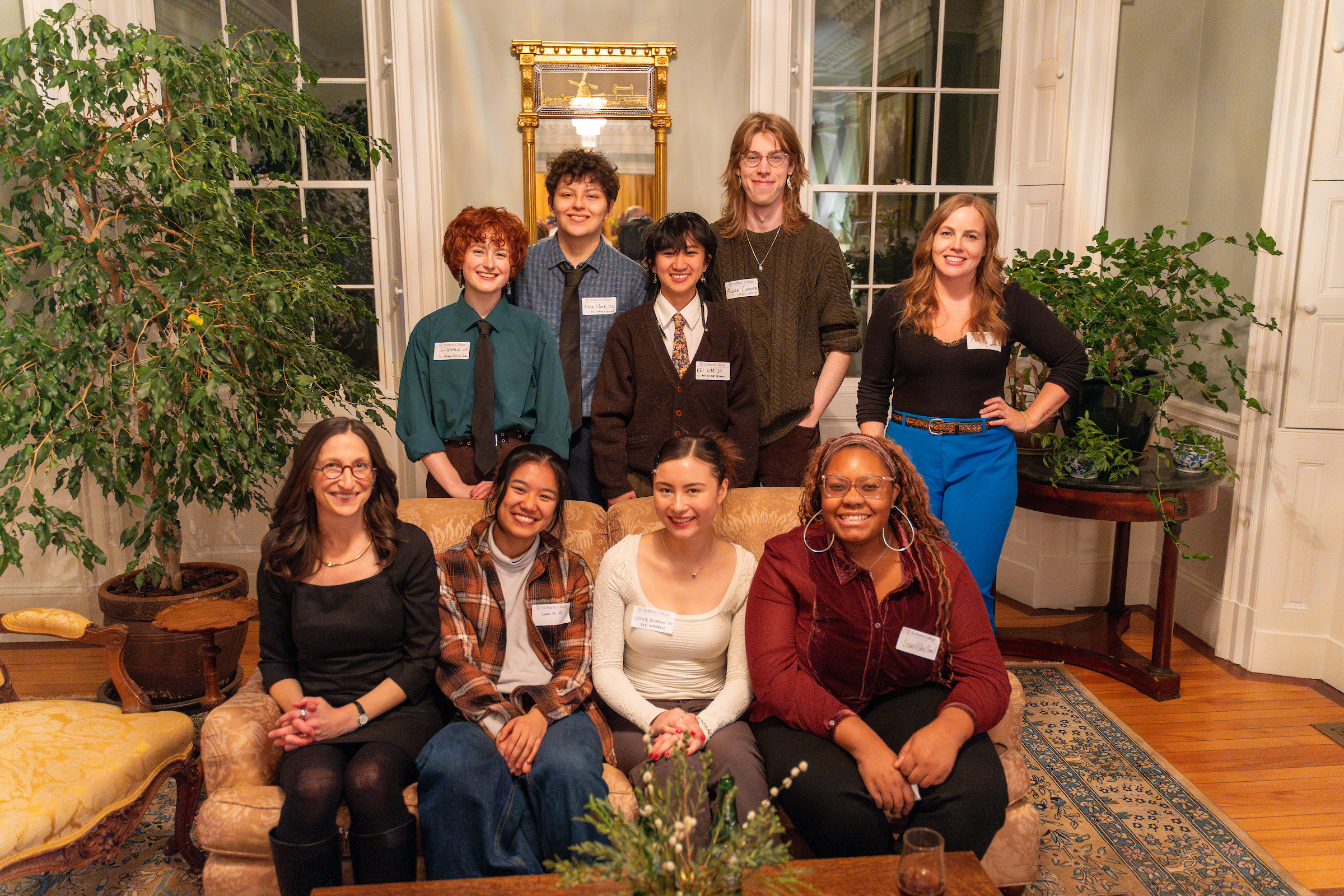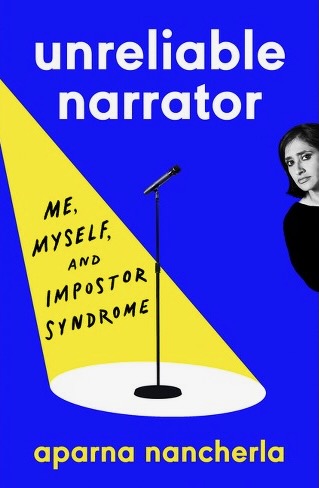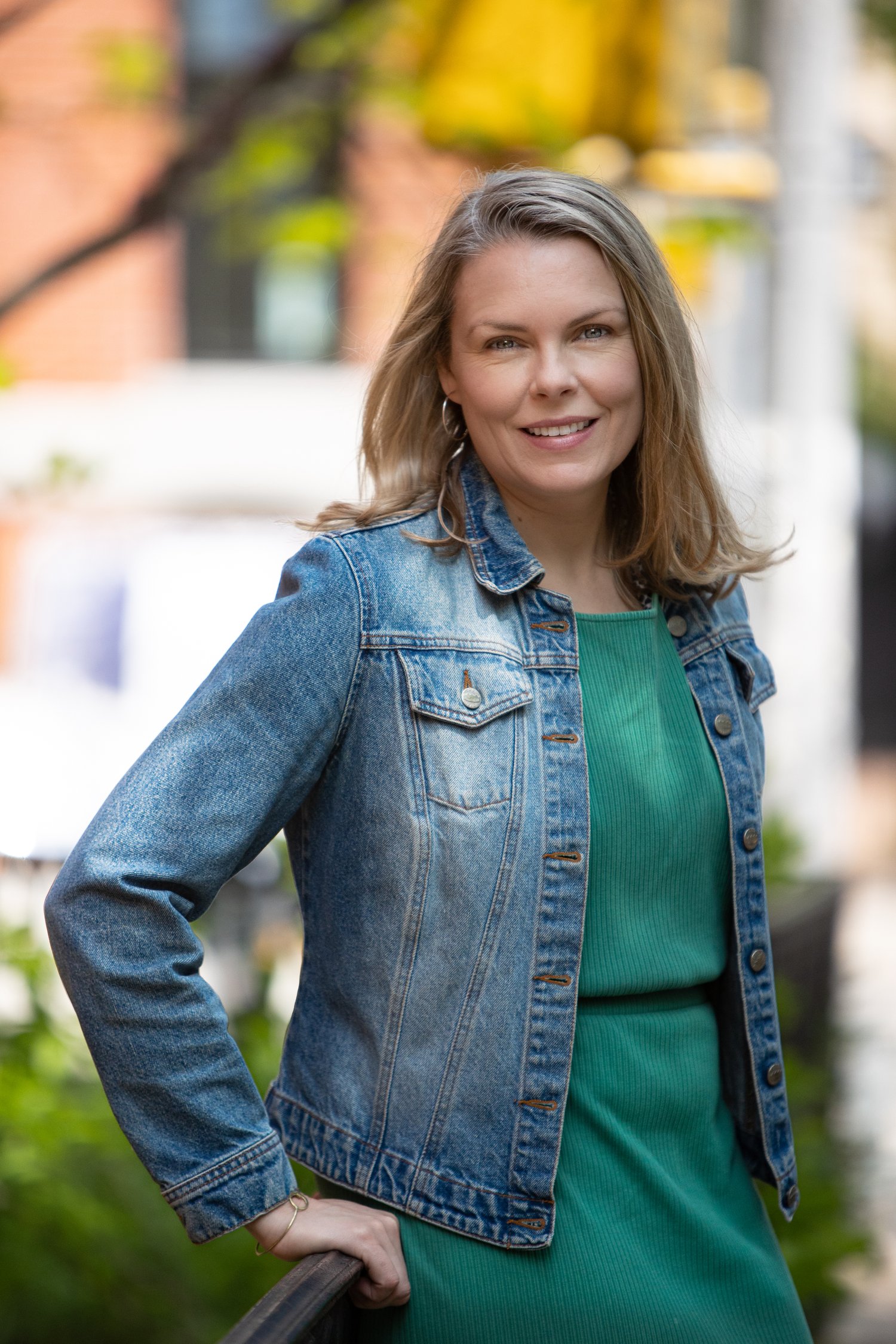1.
I’ve been watching the Qasr al Hosn. Watching it since I arrived in August. The boarded-up block below my office window withholds this oldest structure in Abu Dhabi—the whitewashed fort—and the arch-studded building of the Cultural Foundation. The block has so much potential, but for months, nothing’s happened. Or, I’ll see a kick up of dust and realize it was the wind.
Then, in early January, a tent! Days later, three marooned wooden dhows appear, the UAE flag hoisted off the prows. Rows of palm trees sprout up near the tent, creating thinly shaded boulevards; sand the color of Ritz crackers is softly mounded around the dhows. One day I walk around the block and ask a bored guard if the block is open. He shakes his head. In the future? He nods, wordlessly. Beyond him, construction workers flake out on their backs in hand-dug canals near signs citing “Deep Excavation.” Preparations for a grand-scale national festival are under way.

2.
But before the festival, there is February. For days, fog wraps our apartment building. I open the curtains in the morning to glass dripping with condensation and nothing but white wooliness. My head goes cloudy with routine: teaching classes, editing, grocery shopping, walks toward evening. And something strange happens: I stop noticing. On my walks I notice not people, not motion, not storefronts, not construction—other than making sure I don’t fall into a ditch. San Francisco, a friend says. Another reminds me that sandstorms often look like fog.
When my sight returns, weeks later, what I see first are tiny patches of green. Oases in the city. My feet deepen the lane between the thickets
of shrubbery surrounding the Al Manhal Palace, no matter the nettles that stick in my socks. A couple blocks away from our apartment, I stumble across an inexplicably large and bountiful tree thronged with lush plants, a veritable riot of green. Other than the tree, there’s nothing special about this stretch. I never return to it, but I think of it often.
Why? Because it startled me out of my stupor, my temporary lock into a mental time that paralleled but did not take into account the outside world.
3.
In the marine section of the Qasr al Hosn Festival, the dhows I saw from my window are beautifully poised—upright and nimble, white sails tautly catching imaginary wind. In the desert area, a friend and I admire the surprisingly clean, fluffy camels being gleefully ridden and led, alongside goats and hooded falcons. Here is a government-sponsored celebration of heritage unlike any previously mounted in Abu Dhabi, and it’s elegantly done. At the outdoor theater, at sundown, a performance of pearling and fishing gives way to dabke, traditional stick dancing. Against the fort wall are projected images of sea and sand that make it seem as if we’re inside the fort looking out on passing landscapes. Around us mill a few more Westerners and many Indian families, but for once we foreigners are hugely outnumbered by Emirati boys, girls, men, and women, patterned white and black in the colors of the sexes. The whole country has turned out.

I love this diverse, outdoor party, and the weather is gorgeous, but what I’m dying to see are two things: the Qasr al Hosn exhibit and what’s going on under the tent.
A placard at the entrance of the exhibit explains its goal:
Today, Qasr al Hosn is an iconic landmark: a symbol of the city’s origins and heritage and a place that embodies the nation’s shared memories. It is also a microcosm of Abu Dhabi; to learn about its construction, design, and evolution is to learn about the city, its people, and its leaders. The story of Qasr al Hosn is the story of Abu Dhabi. (Emphasis theirs.)
In the first room of the exhibit, three huge wall-mounted screens air interviews with elder Emiratis. The black and white footage is extremely sharp, the cuts slick, the music haunting. From behind a burqa dividing her eyes and nose and covering her mouth, one woman talks about drawing water into leather sacks from the creek the fort was originally built to protect; another remembers her brother memorizing the Qur’an and recites a poem. A white-bearded man with a severely lined face recalls the sheikhs’ majlis—at which the whole community is welcomed into a sitting room to speak their concerns and make requests, a tradition the current sheikhs still honor, once a week. The elders’ refrains are the same, nearly to the word: this is how it used to be. An Emirati man in front of me videotapes the videos.
Around the corner, rows of black and white backlit panels detail the Qasr al Hosn’s chronology: the 1761 watchtower safeguarding precious water; then a fort that served as an administrative base for local rulers, then, until 1966,
a palace for the royal Al Nahyan family. A spiked wooden door shows part of the fort’s early defense systems, and mangrove poles reveal the natural materials used in its construction. I pause before a short color film in which a British architect named Mark reveals what I should have guessed but somehow did not: everything believed to be true about the fort has been gathered from photographs and oral history. It’s only now that the true deep excavation—archeological, anthropological—and restoration will begin.
All this—just an educated guess?
Why not wait? Why not wait to mount this exhibit until the facts can be asserted with more authority—when there are more facts? This national festival required massive outdoor scene-building—the sand, the boats, the trees. The indoor Qasr al Hosn exhibition was supported by multiple hi-def screens, glass boxes of models and maps, and annotated digital reconstruction plans. The spectacle inside the tent is called “Story of a Fort . . . Legacy of a Nation,” and it’s been created for Abu Dhabi by Cirque du Soleil director Franco Dragone. I’m impressed by the scale and quality, but also confused.
4.
Someone who plays with time, who elides and halts its passage by various ruses, is a temporizer, says André Aciman. A temporizer, from the Latin cunctator, operates in more than one time zone, procrastinating and otherwise forfeiting the present. Anyone who chooses not to act—or cannot act because the consequences are untenable—is such a delayer, but Aciman is most interested in those whose ruses are aesthetic, such as the writer. The writer whose daily action is a retreat from the world in order to imagine, reflect upon, and make meaning of times other than the present. The master temporizer, of course, is Proust. His tactics are so powerfully consuming and majestic that Aciman assigns Proust a verb tense all his own: “the imperfect-conditional-anterior-preterit,” the essence of which is, “what was perhaps and might have been has more meaning than what just is.” Aciman explains of Marcel, “Memory and wishful thinking are filters through which he registers processes, and understands present experience . . . . For Proust, it is only retrospectively, long after the present has slipped away, that one finally sees the bigger picture.”
Replace the act of writing with the creation of scale models and architectural plans, and you see that the city of Abu Dhabi is a temporizer of unprecedented resources and power. When and where has there been a place whose present is so barely attended, whose emphasis is so squarely focused on another time? The difference between Proust and Abu Dhabi is that while the writer anticipates each future moment as yet another in which the past can be returned to and glorified, the city constructs an elaborate future that will someday, hopefully, eliminate a need for the past. Neither has any patience for the present.
5.
The present in Abu Dhabi is too slow, too unrevealing, too fraught. In the messy day to day of this city, guest workers mix concrete around the clock and live in conditions that vary from tolerable to abysmal; educated foreigners from Houston, Mumbai, Seoul, and Sydney innovate and advise on a leash of unknown length; highrises are thrown up and torn down every few years; and poorly trained drivers collide and kill, while pedestrians are run off the road. Since the present is intractable, the city seems to say, let us abstract from it and, instead, work for something better. Inability to confront pain, Aciman says, is what motivates temporizing.
The reason the country cannot wait? One day soon, the two resources that make previous days possible—fresh groundwater and ten percent of the world’s oil—will run out. What then? If there’s no alternative energy, no sustainable infrastructure, no decent public schools, the city will collapse into the desert—even more quickly than it rose. It’s hard to know from state-sponsored news and the word on the street to what extent the government takes seriously these urban problems; to what extent Abu Dhabi is willing to trade current inequality for a sustainable future.
At the same time, a reclaimable, identifiable past is also clearly desired. The Qasr al Hosn Festival was squarely focused on presenting a credible heritage. Clearly, Emirati cultural institutions believe it is important for the nation to possess an identity derived from the country’s origins. Only then, the exhibition placards suggest, can the country justifiably build a wildly divergent future. And this past must be provided before the present no longer recalls it. So the exhibit shall go up now. We will celebrate now an unknown past. Later we’ll figure out what exactly we’re celebrating.
Caught between a spiritual need for a solid, visible past and the pressing need for a sustainable future, the city temporizes. It pours millions into massive festivals that hoist up its few emblems of tradition to wave above reproach. In the meantime, we have a simulacrum of a city. One obsessed not with what could have been, like Proust and exile writers like Aciman, but with what could be—given research, given resources, given time. It’s a paradox of the most obvious and fundamental kind.
6.
So we make do.
The other day I discovered the shrubbery around Al Manhal Palace had been yanked up; nothing but smooth sand in its wake. At first I was annoyed—yet another part of the landscape I knew had disappeared—then grateful: now I could walk on the sand without nettles poking me. I thought briefly, wincingly, of the vulnerable green oasis on the sidewalk near our building.
I cut diagonally through the superblock to reach the vegetable market, passing several “gents saloons,” where men were having their hair trimmed or barbers napped in the chairs, and corner cafeterias serving Indian, Pakistani, and Levantine street food. If I were to walk in, I’d be welcomed by the staff, but I wouldn’t belong. The men eating would be confused. I’d keep my head down and wish I hadn’t deviated. For this is their place, and why should
I interrupt, break their comforts of home, which surely must be few. Then, pomegranate and lemon juicers out of sight, I realized that as much as I pair these cafeterias and barber shops with their clientele, these small square areas of tile and plastic chairs are only shadows of home for the people inside, just as the Western cafés I pop into for a taste of America serve ice cream in the cappuccinos. Sometimes simulacra are all we have, and we cling to them. We always believe it is temporary.
7.
I never did get to see under the tent. “Story of a Fort . . . Legacy of a Nation,” was sold out for every performance I was available to attend. Some say, based on the luxurious materials, it must have cost twenty-five million dollars; others say only two. I heard there was a dwarf on a skateboard, which I disbelieved until I saw the performer and his two French troupemates exit the headquarters and walk, blinking, down the sidewalk in the hour before their evening performance. Some say the narrative was phantasmagoric to the point of nonsense; others say the storytelling was extremely literal. (There is a moment when gold dust is thrown into the air and three golden portraits of the royal family are displayed: Look, we got rich!) As close as I got was seeing those performers in their street clothes—tanned, talking casually but looking bewildered—and hearing, while sitting on ground cushions at a low metal table and eating my first-ever bites of Emirati food, the spectacle’s dramatic rumbling of airplanes to signal the arrival of modernity.
That’s just as well, of course. Now I don’t have to have an opinion. I can push past and present performances to the side and join speculation about the future. The question now on all our minds: What will they do with this reconstructed block? The camels, goats, and falcons presumably have returned to the farms whence they came. But what about the dhows, the palms, and all that trucked-in sand? At 8 pm on the last night of the festival, I asked the Emirati man ushering people into the Qasr al Hosn exhibit if the display would stay up beyond tonight. “Maybe, maybe,” he said, “but until now, we do not know.”
Jennifer Acker is the founding editor of The Common. Her monthly column from Abu Dhabi and elsewhere in the Middle East is called From the 17th Floor. This essay is The Common Statement from Issue 05, released this month.
Photos by Jennifer Acker
[Purchase your copy of Issue 05 here]




